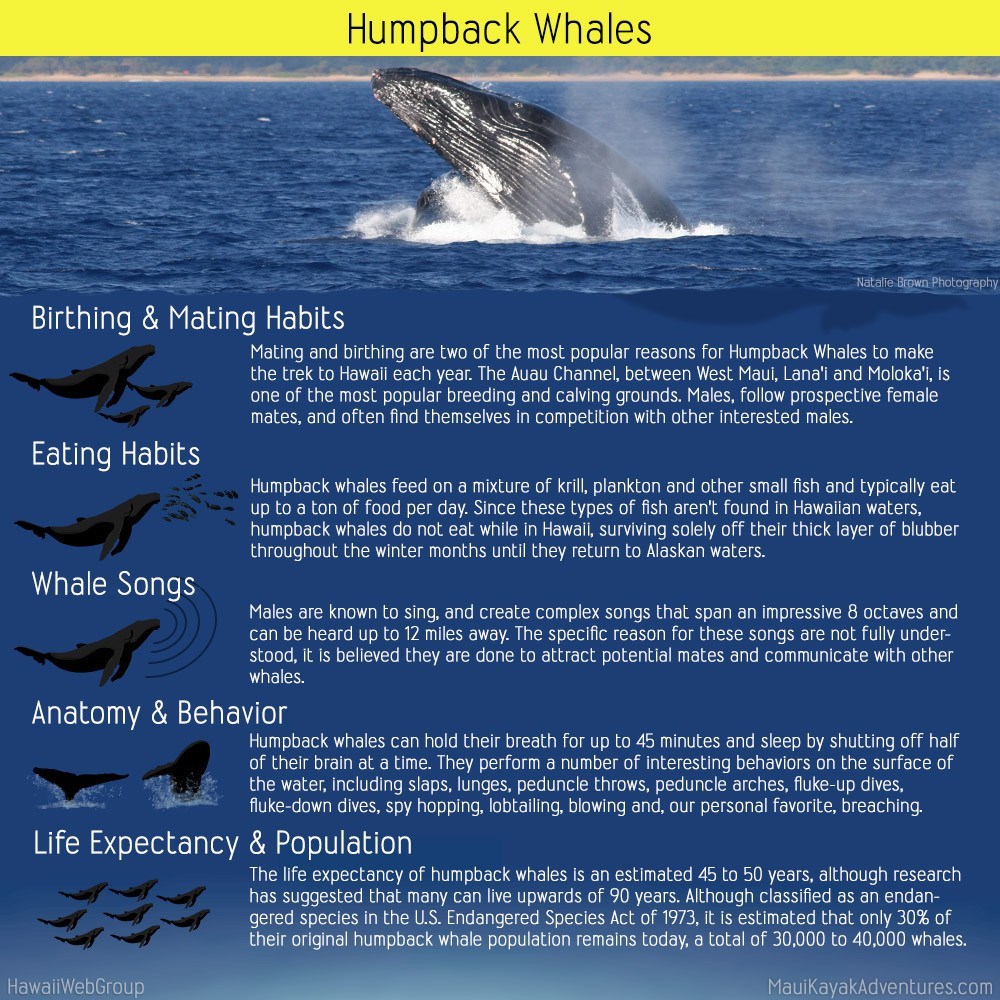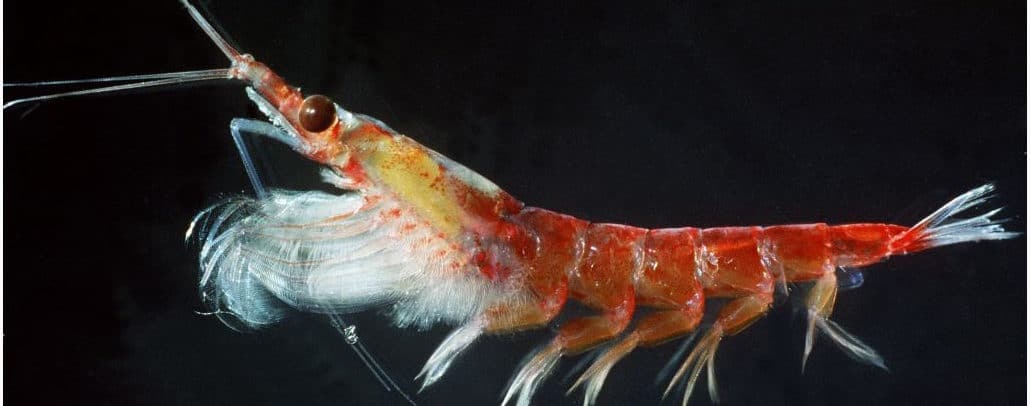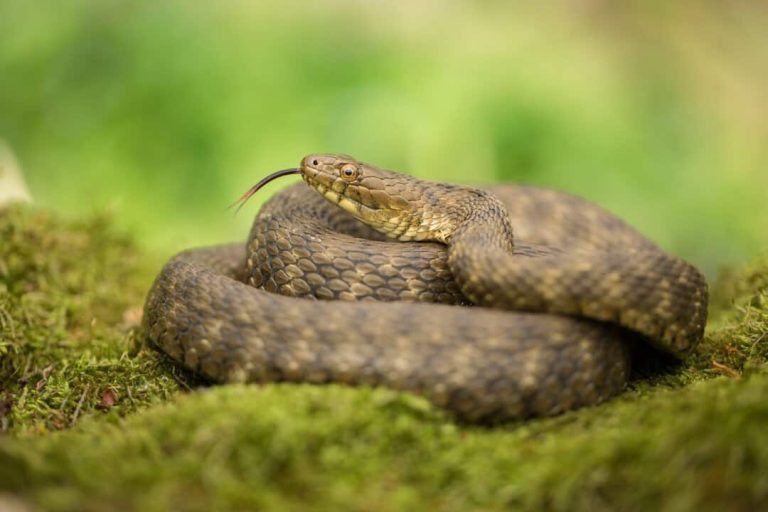What Do Humpback Whales Eat
Humpback whales are known to eat a variety of different fish, krill, and squid. Their diet depends on what is available in their particular environment at the time. They have been known to travel long distances in order to find food.
Humpback whales have large mouths and throats which allow them to take in a large amount of food at one time.
Facts About Whales : What Do Humpback Whales Eat?
Humpback whales are known for their breaching behavior and haunting songs, but what do these gentle giants actually eat? Humpbacks are baleen whales, meaning they have fringed plates of keratin in their mouths that trap small prey like krill and plankton. They also eat small fish, squid, and crustaceans.
Humpbacks are opportunistic feeders and will often take advantage of whatever food source is available to them. In some areas, they may primarily eat krill while in others they may focus on small fish. Their diet can even vary depending on the season!
While we might not think of them as being particularly graceful creatures, humpback whales are actually quite adept at hunting their prey. Using their huge mouths and long tongues, they can gulp large amounts of water (and the creatures living in it) before filtering it back out through their baleen plates. This feeding method is called “filter feeding” and it’s how humpbacks are able to consume such large quantities of food.
So next time you see a humpback whale breaching or singing, remember that these majestic animals are also voracious predators!
Where Do Humpback Whales Live
Humpback whales are one of the most popular types of whale. They are known for their long pectoral fins, and their acrobatic breaching behavior. Humpbacks are also known to sing complex songs that can last up to 20 minutes.
These songs are believed to be used in communication and mating.
Humpback whales can be found in all of the world’s oceans. In the Northern Hemisphere, they are typically found in coastal waters during the summer months.
They migrate to tropical waters during the winter months to breed and give birth. Most humpback whale populations travel between these two regions on an annual basis.
There are several distinct population segments of humpback whales around the world.
The largest population is found in the North Pacific, with an estimated 20,000 animals. This population is further divided into two separate groups – one that breeds off Japan and another that breeds near Hawaii. Other notable populations include those in the North Atlantic (estimated at 10,000 animals) and around Antarctica (estimated at 25,000 animals).
Do Humpback Whales Eat Humans
Do Humpback Whales Eat Humans?
The quick answer is no, humpback whales do not eat humans. These massive creatures are filter feeders that strain tiny organisms – like krill and small fish – from the ocean water using their baleen plates.
However, there have been a few reports of humpbacks attacking and killing people in the wild.
One such incident occurred in 2009 off the coast of Alaska when a humpback whale rammed a charter fishing boat, capsizing it and killing two men onboard. Investigators believe the attack was intentional as the whale had been stalking the boat for over an hour before striking it.
It’s possible the whale mistook the men for seals or other prey items.
While attacks like this are extremely rare, they serve as a reminder that these animals are wild and potentially dangerous. If you encounter a humpback whale in the wild, it’s best to give it plenty of space and admire from afar.
Do Humpback Whales Eat Seals
Humpback whales are known to be one of the most voracious eaters in the ocean. But what, exactly, do they feast on? It turns out that their diet consists of a variety of small organisms, including krill, small fish, and squid.
They have also been known to eat seals—and not just any seals, but harp seals.
Harp seal populations have declined in recent years due to overhunting, so it’s possible that humpbacks are turning to them as an alternative food source. While there is no concrete evidence that humpbacks are actively targeting harp seals, sightings of dead or dying harp seals with whale bite marks have been reported.
It’s still unclear whether or not humpbacks are deliberately hunting seals or if they’re simply taking advantage of an easy meal. Either way, it’s yet another example of how humans are impacting the delicate balance of marine ecosystems.
Do Humpback Whales Eat Jellyfish
Humpback whales are some of the most majestic creatures in the world. They are known for their massive size, their beautiful songs, and their gentle nature. But what do these giants of the sea eat?
It turns out that humpback whales mostly eat krill and small fish. But they will also eat larger prey if it is available. And one of their favorite foods is jellyfish!
Humpbacks have been seen feeding on jellyfish in all parts of the world. They seem to particularly enjoy feeding on them in areas where there are high concentrations of them.
Jellyfish are not an easy meal for a whale to digest.
In fact, it is believed that eating too many jellyfish can actually be harmful to humpbacks. But they seem to know just how much they can handle and appear to enjoy gorging on them nonetheless!
What Do Humpback Whales Look Like
Humpback whales are some of the largest creatures in the ocean, and they’re easily recognizable thanks to their long pectoral fins and distinctive hump. These gentle giants grow to be about 50 feet long and weigh up to 80,000 pounds. They’re mostly black with white patterns on their bellies, and they have long white flippers.
Humpbacks are known for their breaching behavior, which is when they leap out of the water and crash back down again. This is thought to be a form of communication or perhaps even playfulness. Whatever the reason, it’s an amazing sight to see!
Do Humpback Whales Eat Plankton
Humpback whales are some of the most easily recognized whales in the world. They are known for their long pectoral fins, white bellies, and black backs. These gentle giants can grow to be up to 52 feet long and weigh as much as 80,000 pounds!
Even though they are so large, they primarily eat tiny creatures called krill and plankton.
Krill are shrimp-like crustaceans that live in cold water ecosystems like the Antarctic. Krill make up a large part of the diet of many animals in the ocean, including humpback whales.
A single humpback whale can eat up to 3,000 pounds of krill per day!
Plankton are even smaller than krill and consist mostly of microscopic plants and animals that drift along with the currents in the ocean. Many types of plankton are an important food source for small fish, which are then eaten by larger fish, mammals, and birds.
Humpback whales also filter feed on plankton using their baleen plates.
Baleen plates are made of keratin (the same material our fingernails and hair is made from) and hang down from the roof of a whale’s mouth. When a humpback whale opens its mouth wide to take in water, all of the tiny plankton get caught on the baleen plates while the water is pushed back out through gaps between them.
The whale then swallows its meal whole!
Where Do Humpback Whales Migrate
Humpback whales are one of the most well-known and easily recognizable whale species. They are also one of the most migratory, with some populations traveling over 16,000km each year! So where do these majestic creatures go when they migrate?
Most humpback whale populations migrate between their breeding and feeding grounds. For example, the North Atlantic population breeds off the coast of Newfoundland in Canada and feeds in the waters around Iceland. The journey south to their breeding grounds takes them past some of the busiest shipping lanes in the world, so it’s no surprise that this population is particularly at risk from ship strikes.
The longest migration routes undertaken by any mammal are those of the humpback whales that breed in Antarctica. These animals travel an incredible 20,000km or more each year to reach their feeding grounds in northern Australia and Indonesia! Along the way, they pass through some of the richest waters on earth for marine life, including the Great Barrier Reef.
Sadly, this route also puts them at risk from entanglement in fishing gear and collisions with ships.
Whales have been migrating for millions of years and will continue to do so as long as there are healthy oceans for them to swim in. Let’s hope that we can all do our part to protect these amazing creatures and their habitats so that future generations can enjoy watching them on their annual journeys.
What Do Whales Eat
Whales are some of the largest creatures on Earth, and they have an appetite to match their size. These gentle giants mostly eat small fish, krill, and other marine invertebrates.
The diet of a whale depends on its species.
Baleen whales, such as blue whales and minke whales, strain vast quantities of seawater through their baleen plates to extract their tiny prey. Toothed whales (odontocetes), including sperm whales and dolphins, use their conical teeth to capture fast-moving prey.
Krill is the favorite food of many whale species.
Krill are shrimp-like crustaceans that swarm in huge numbers in the polar regions. Blue whales can consume up to 40 million krill each day! Other common whale prey includes herring, anchovies, mackerel, and squid.
Some large whale species feed on much larger animals. The massive mouths of filter-feeding sharks can accommodate entire seals orsea lions . Sperm whales hunt giant squid deep in the ocean’s twilight zone .
Orcas (killer whales) feast on everything from penguins to great white sharks .

Credit: mauikayakadventures.com
What’S the Biggest Thing a Humpback Whale Can Eat?
Humpback whales are known to be filter feeders, which means that they strain their food from the water. Their diet consists mostly of krill and small fish. It is estimated that a humpback whale can eat up to 3,000 pounds of krill each day!
Do Humpback Whales Eat Dolphins?
Humpback whales are known to be gentle giants, but there have been a few documented cases of them attacking and eating dolphins. In most cases, the dolphin is killed instantly by the whale’s massive jaws and teeth. The humpback whale will then swallow the dolphin whole, or in some cases, tear it apart and eat it piece by piece.
While there is no definitive answer as to why humpback whales attack dolphins, one theory is that they may mistake the smaller mammals for fish. Another possibility is that the whales are simply trying to assert their dominance over other animals in their environment. Whatever the reason, it’s clear that humpback whales are capable of killing and eating dolphins – although thankfully, it doesn’t happen very often.
Do Humpbacks Eat Salmon?
Yes, humpback whales are known to eat salmon. In fact, they are one of the few whale species that feed primarily on fish. Humpbacks have been known to consume up to 3,000 pounds of fish per day!
Salmon make up a large portion of their diet in many areas where they are found.
How Often Do Humpback Whales Eat?
Humpback whales are filter feeders and eat a wide variety of small organisms including krill, copepods, amphipods, squid, herring, mackerel and other small fish. They have been known to eat up to 3,000 pounds (1,360 kilograms) of food in a single day.
Humpbacks typically consume between 1% and 2% of their body weight per day.
This means that an average-sized humpback whale (40-50 feet long and weighing 40-50 tons) would need to eat 400-1,000 pounds (180-450 kg) of food each day. However, they can fast for long periods of time if necessary.
Conclusion
Humpback whales are known to eat a variety of fish, krill, and plankton. Their diet depends on what is available in their environment and they have been known to change their eating habits based on what is seasonally available. Humpbacks have also been known to eat other marine mammals, such as dolphins and seals.





